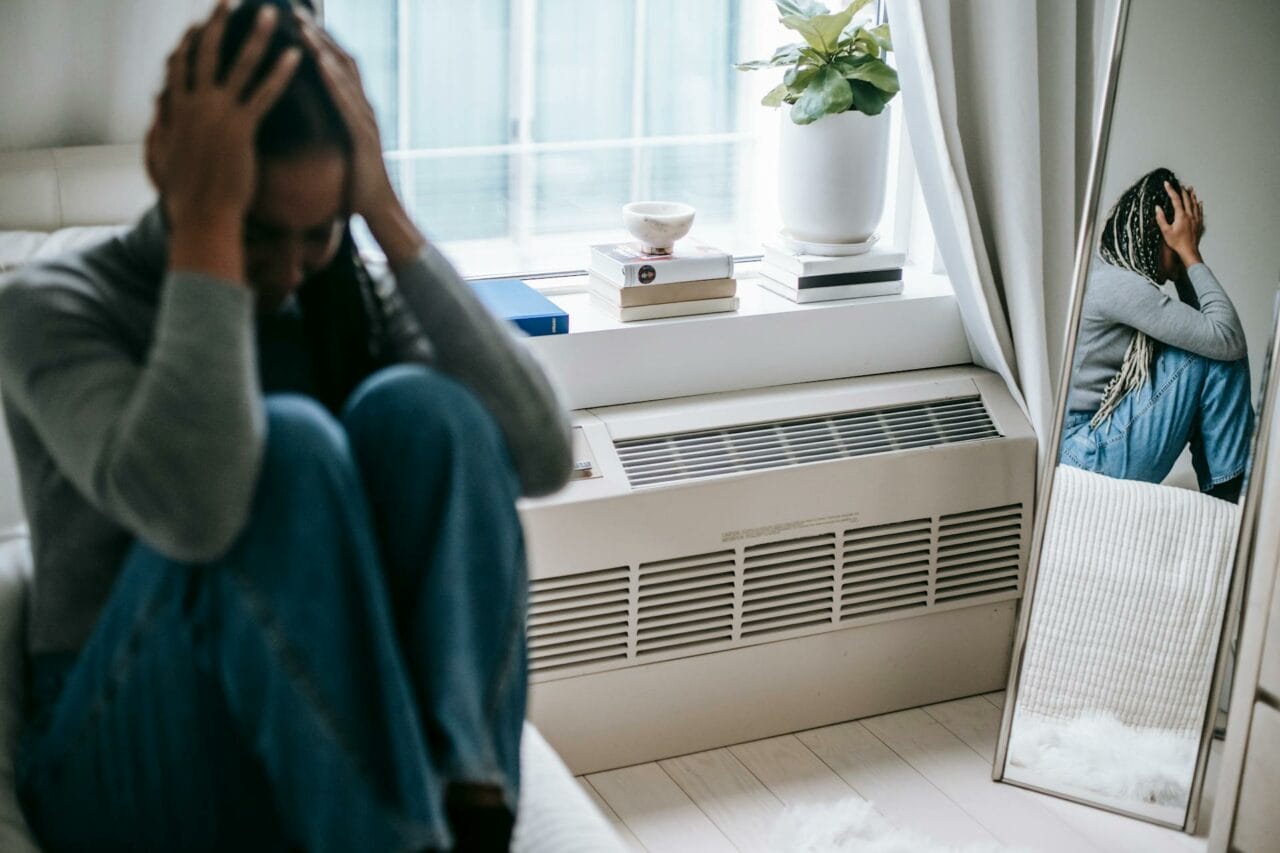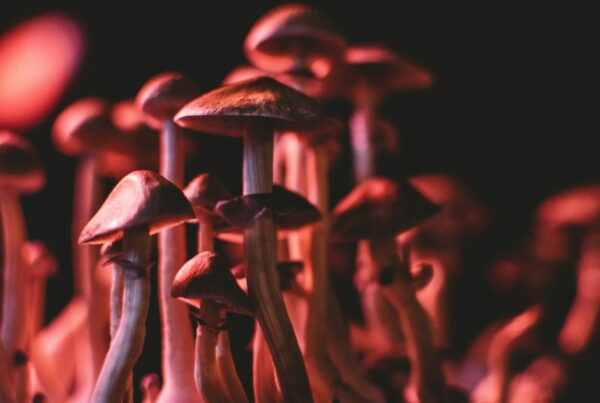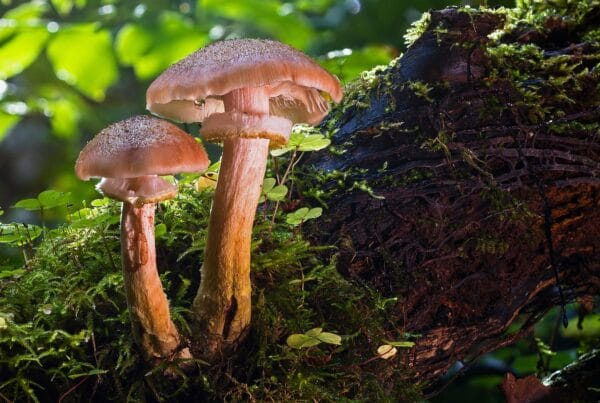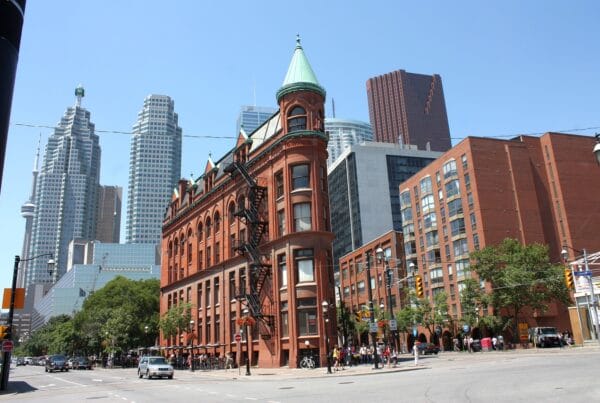Commonly, anxiety treatment encompasses medication and therapy. Nonetheless, due to potential side effects, these methods might not be suitable for everyone. This has led to a growing interest in alternative solutions such as psychedelic therapy, which employs substances like “magic mushrooms Montreal” among others.
We are your premier destination to buy psychedelics online in Canada. Our services are quick, secure, and discreet.
[toc]Key Takeaways:
- Psychedelic therapy merges the healing properties of psychedelic substances with traditional talk therapy to enhance the recovery process.
- Psychedelic therapy can boost emotional well-being and overall life quality through spiritual journeys.
- The integration process is a significant method in psychedelic therapy designed to ensure the lasting effectiveness of the therapy session.
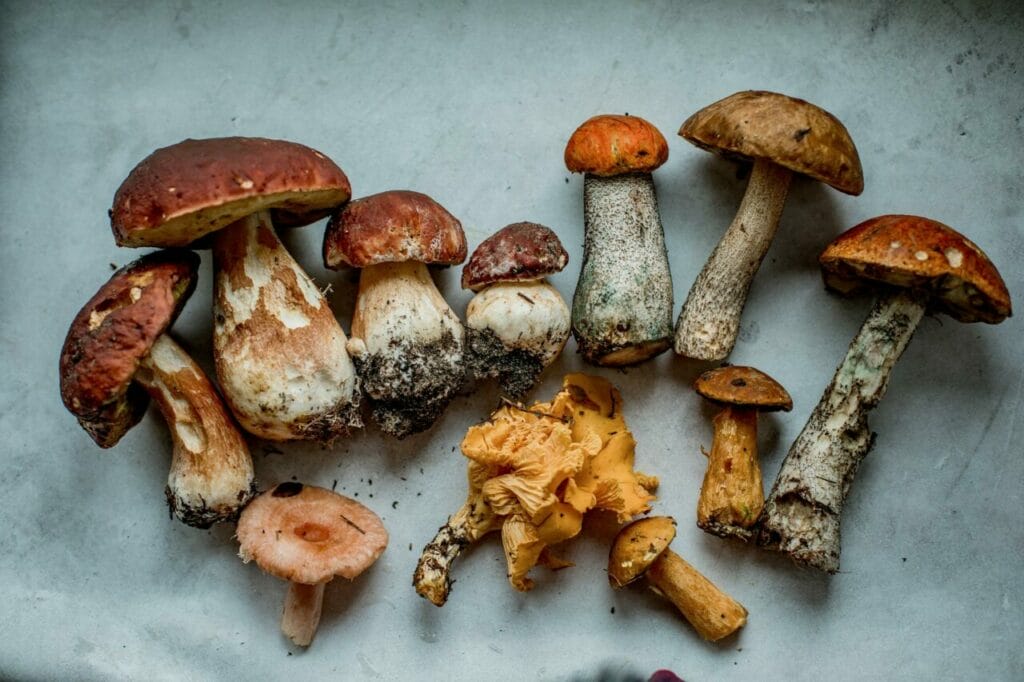
Statistics on Anxiety Disorders in Canada
According to the 2022 Mental Health and Access to Care Survey, there is a concerning increase in the prevalence of anxiety disorders in Canada. The percentage of Canadians aged 15 and older diagnosed with generalized anxiety disorder in the year preceding the survey has risen from 2.6% in 2012 to 5.2% in 2022.
Contrasting Traditional Treatment and Psychedelic Therapy
Conventional treatments for anxiety disorders typically involve a combination of psychotherapy and medication. Psychotherapy, also known as psychological counselling, is a collaborative process between a therapist and the patient to mitigate anxiety symptoms.
On the other hand, anxiety medications lessen symptoms by tailoring the treatment to the particular type of anxiety disorder and considering any concurrent mental or physical health conditions. Although treatment may differ based on individual situations, psychotherapy and medication form the core strategies.
In psychedelic therapy, sessions are unique as they include one or two doses of a psychedelic substance, in conjunction with other therapeutic techniques:
Therapy Using Psychedelics
Psychedelic therapy is a form of therapeutic treatment that harnesses the positive effects of psychedelic substances to supplement the healing process. Known for their hallucinogenic properties, these substances have been instrumental in traditional medicine and spiritual rituals in various cultures for millennia.
The two primary substances used in these therapeutic sessions are Lysergic acid diethylamide (LSD) and psilocybin. LSD induces changes in mood, perception, and consciousness. Psilocybin, according to the Health Canada website, is the active compound in magic mushrooms. Consuming these mushrooms can elicit sensory perceptions, such as visual, auditory, or tactile hallucinations.
Dosage Spectrum for Three Sessions
In psychedelic therapy, professionals assess patients to determine the appropriate dosage of psilocybin for their sessions. The dosage is variable, with some patients beginning with moderate levels, while others can handle larger amounts of the substance. The treatment program usually involves one to three medication sessions, each lasting six to eight hours and spaced out over several weeks. This method differs from traditional medications that require daily intake until a healthcare provider advises otherwise.
Spiritual and Transformational Experiences
Unlike anxiety medications, which are designed to manage symptoms, psychedelic therapy can induce transformative visions and feelings of divine communion, aiming to tackle the root causes of the condition. This form of therapy can significantly impact emotional health and overall life quality.
The immersive experiences can lead to profound realizations, increased self-understanding, and enhanced emotional processing. These outcomes can stimulate personal development, inspire positive behavioral changes, and augment overall mental wellbeing.
Effects
| Expanded Consciousness | Altered states of consciousness offer a new worldview. | This heightened awareness usually results in the following: Profound realizationsEpiphaniesEnhanced self and environmental understanding |
| Emotional Healing | Promotes emotional healing by offering the chance to face and process unresolved trauma, grief, or emotional pain. | This process aids in:Tapping into deeply suppressed emotionsReleasing emotional obstaclesPromoting emotional wellness |
| Increased Self-Awareness | Enhances connectivity between sensory brain regions while lessening connectivity within the default mode network. This network integrates brain regions that are interconnected, focusing on self-referential thinking and the individual’s subjective perception of themselves.” | These regions aim to: Change negative thinking patterns, beliefs, and established behaviours. Empower users to gain profound insights into their authentic selves, motivating factors, and interpersonal interactions. |
Somatic Therapy
Somatic therapy, although not commonly linked with psychedelic therapy, is receiving recognition for its potential benefits. This approach focuses on the connection between mind and body. It’s based on the idea that past traumas can result in sensations being trapped within the body. Somatic therapists guide individuals in identifying these bodily sensations and utilize therapeutic methods to alleviate this stress.
Integration
The integration stage offers clients a platform to gain clarity, achieve perspective, and extract wisdom from their psychedelic experiences. The transformative process occurs during integration sessions with the therapist and through the client’s active engagement outside of psychedelic explorations. Integration enhances the transformative impact of psychedelics by actively engaging with surfaced insights and emotional discoveries.
Types of Integration
- Journaling. By documenting experiences, individuals can consolidate memories for easier recall in the future. It also enables clients to examine their experiences from various perspectives to reveal different interpretations, meanings, and relationships.
- Art. This medium provides an effective way to capture the complex emotions and feelings of a psychedelic journey in a creative and visually expressive manner.
- Practicing Nature-based Approaches. These can be as simple as taking mindful walks in the woods or seeking tranquility by a calm body of water. Therapists can assist clients in recognizing the intricate patterns within nature or suggest using natural elements like plants, stones, water, and candles as grounding tools.
- Engaging in Integration Groups. Group sessions with individuals who have shared similar experiences present a significant opportunity for reflection, support, and connection. The capability of psychedelic therapy to spark a sense of interdependence and mutual understanding beyond individual confines is fundamental.
The Impact of These Techniques in Treating Anxiety
The fundamental pharmacological principle behind all psychedelics is their ability to act as agonists, or activators, of the serotonin (5-HT) 2A
Psilocybin, the active compound in magic mushrooms, binds to the brain’s serotonin 2A receptor. This interaction is a key area of focus in psychedelic research, given its significant impact on the default mode network of the brain. This network is often associated with repetitive thought patterns and has been connected to conditions like depression and anxiety disorders. Treatment can substantially reduce anxiety levels, with effects lasting up to a year following treatment.
After a session involving psilocybin, which typically includes intense spiritual experiences, the patient participates in a dialogue with their therapist. During these talk-therapy interactions, skilled healthcare professionals aim to listen attentively to the patient while employing specific practices and techniques to enhance the positive outcomes of the treatment.
These techniques collectively aim to provide individuals suffering from anxiety with long-lasting relief in fewer sessions compared to conventional treatments.
Initiate Your Transformation, One Session at a Time
Many individuals rely on traditional anxiety treatments, but these aren’t always effective or satisfying for everyone. Psychedelic therapy presents an alternative path, employing distinctive methods that can spark transformative experiences. These techniques work together to deliver significant, long-lasting results—sometimes with effects enduring for a year after just one to three sessions.
Beyond improving mental health, this form of therapy can also lead to considerable cost savings for patients. Are you ready to discover a new pathway to well-being? Explore the possibilities of psychedelic therapy with Shroom Delivery Canada.
Commonly Asked Questions
Is there a particular type of magic mushroom used for psychedelic therapy?
In studies of psychedelic-assisted therapy, it’s often overlooked to mention which type of mushroom is used. Psilocybe cubensis is typically the go-to choice.
Online magic mushroom dispensaries provide a variety of strains catering to different tastes. You have the freedom to choose any strain to experience the healing properties of psychedelics. However, it’s important to exercise prudence and choose a reputable supplier to avoid purchasing unsafe magic mushrooms from fraudulent sources.
What is the duration of psychedelic therapy?
The duration of psychedelic therapy can vary as it encompasses several stages. A single session where the psychedelic is ingested lasts between 4 to 8 hours. The complete therapy process, including preparation, the session, and post-session conversations, can span from a few weeks to several months.
In terms of long-term effects, many individuals report improvements in their mental health lasting several months or even up to a year after the therapy.
These sessions are included in the process.
Does the therapist guide the patient throughout their spiritual journey?
During this stage, professionals like therapists or other staff may provide guidance to the patient. Studies have shown that Spiritual Health Practitioners (SHPs) offer distinct and invaluable input that enhances participant wellness, supporting their development throughout their spiritual journey. Some individuals prefer the help of an SHP, while others rely on the therapist or specialist available.
Is the concept of “set and setting” integrated into psychedelic therapy?
Absolutely, the individual’s mindset (set) and the physical surroundings (setting) are essential to safely facilitate spiritual experiences during a psychedelic therapy session. The individual’s mental state significantly impacts their spiritual journey, affecting the experience before and throughout the psychedelic session. The journey’s direction and depth are influenced by factors such as beliefs, expectations, emotional states, and intentions.
Primary Source: Psychedelics as Emerging Treatments for Anxiety Disorders: Opportunities and Challenges in a Budding Field – PMC (nih.gov)
About the Authors:
Franklin King, IV, MD. and Rebecca Hammond, M.D.
Related Articles:

